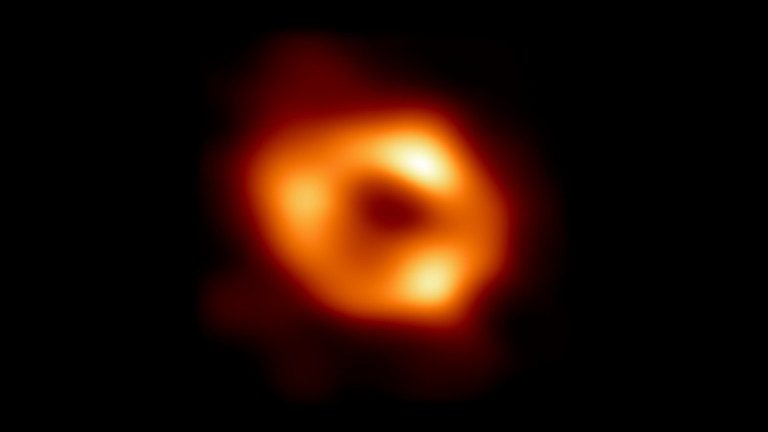Headlines
Study: Black hole in our galaxy “not dormant”

According to recent findings, the Sagittarius A* black hole awoke at the end of the 19th century.
According to research that was just published in Nature magazine, Sagittarius A*, the supermassive black hole that lurks at the center of our Milky Way galaxy and was previously thought to be dormant, temporarily sprung to life at the end of the 1800s.
According to the study, the black hole began to rouse from its protracted slumber approximately 200 years ago. It is about four million times more massive than the Sun and is situated about 27,000 light years from Earth. Researchers estimate that the celestial body swallowed several cosmic debris for around a year before resuming its dormant phase.
Author of the study Frederic Marin told AFP on Saturday, “Imagine a bear going into hibernation after devouring everything around it.”
The black hole was “at least a million times brighter than it is today” during this late 19th-century peak of activity, Marin added. Scientists monitored the long-standing activity and reported that adjacent galactic molecular clouds suddenly began releasing x-ray light that was so intense it was like “a single glowworm hidden in a forest suddenly became as bright as the Sun,” according to French researchers CNRS.
With the aid of NASA’s Imaging X-ray Polarimetry Explorer (IXPE), astronomers followed this x-ray radiation and discovered that the hints directly pointed to Sagittarius A*, which Marin claimed had “emitted an echo of its past activity, which we managed to observe for the first time.”
While the study’s results have scientists intrigued, it is still unknown why the black hole suddenly appeared. One popular theory holds that Sagittarius A* may have awakened from its latent state as a result of a star or cloud of gas getting too close. The work is expected to shed important light on what causes black holes to transition from periods of hibernation to activity.
The first photographs of the black hole, or more specifically, the blazing ring of gas that surrounds it and indicates its existence, were published online by astronomers last year.
A black hole is a region of spacetime with gravity so intense that nothing can escape from it, not even light. At the end of a star’s existence, as its core collapses in on itself, they are created.
